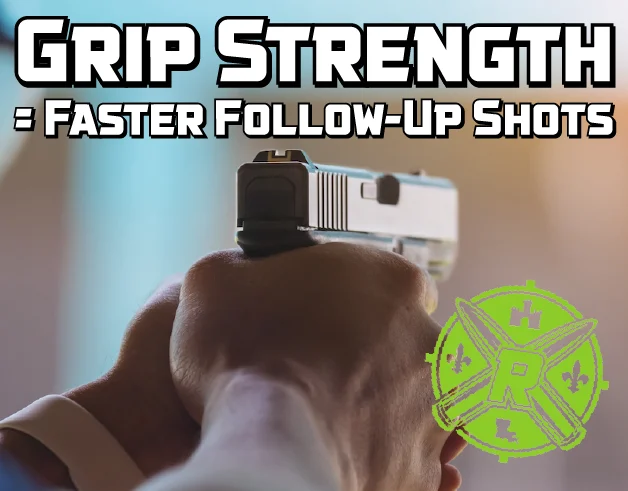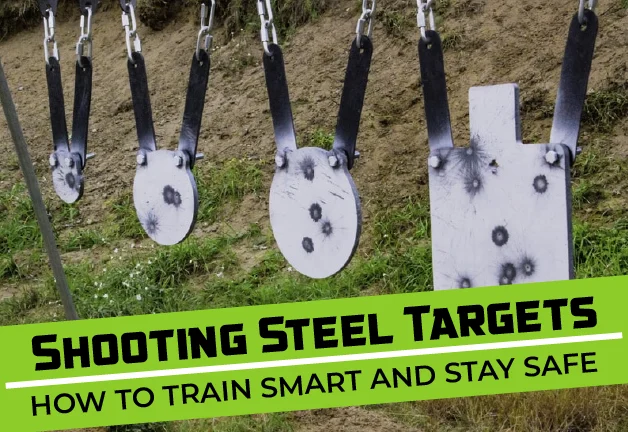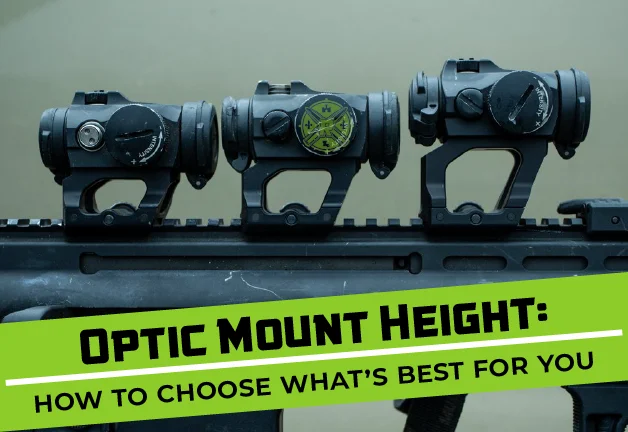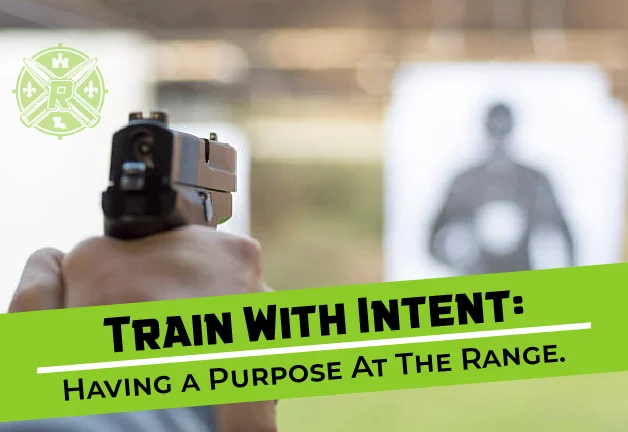The Unspoken Truth About Grip Strength & Recoil Control
When it comes to shooting speed and precision, most people obsess over trigger control, stance, and sight alignment. While those are critical, here’s the real game-changer: your grip strength is the unsung hero of recoil control and fast follow-up shots.
Think about it—when the shot breaks, your firearm doesn’t politely stay in place. It kicks back, the muzzle climbs, and you lose precious milliseconds trying to wrangle it back on target. If your hands don’t have the crushing power to dominate your firearm, you’re fighting a losing battle every time you pull the trigger.
In the world of competitive shooting, self-defense, or tactical operations, speed and control are life. And grip strength is the glue that holds it all together.
Why Grip Strength is the Key to Faster Target Reacquisition
Every shot fired is a test of control. Recoil isn’t just an annoyance—it’s a force trying to rip your weapon out of alignment. The stronger your grip, the more you:
Mitigate Muzzle Rise: A strong grip keeps the front sight from flipping too far off target.
Reduce Felt Recoil: Your hands act as shock absorbers, dissipating recoil energy before it disrupts your sight picture.
Control Weapon Movement: Strong hands and forearms lock the gun in place, allowing faster recovery between shots.
Here’s the hard truth:
A weak grip = wasted motion. More time is spent recovering from recoil than firing accurately.
A powerful grip = controlled chaos. Your firearm stays where it should—on target—shot after shot.
More control = higher accuracy under pressure. In real-world scenarios, when adrenaline surges, it’s your grip strength that keeps your shots tight.
It’s not just about holding on—it’s about owning every shot, from trigger press to follow-through.
The Science Behind It: Grip Strength & Muzzle Rise
Grip strength isn’t just “strong hands.” It’s about how well you can apply, maintain, and control force under dynamic conditions.
When you fire, energy escapes the barrel in the form of recoil, causing the gun to pivot upward—this is muzzle rise. A strong grip counters this force by creating friction between your palms, fingers, and the firearm’s frame, stabilizing it instantly.
Considerations on Grip Technique:
Stronger hands = less muzzle movement
Less muzzle movement = faster sight picture
Faster sight picture = quicker follow-up shots
This is why top-tier shooters—whether competitive champions or tactical operators—train their grip strength as religiously as they practice marksmanship. Without it, you’re just hoping recoil will behave.
Real-World Scenarios: Where Grip Strength Wins
It’s easy to underestimate grip strength when you’re standing still on a range, calmly firing at paper targets. But the real world isn’t so forgiving.
Close-Quarter Engagements: In self-defense situations, where distances are measured in feet, speed is survival. A strong grip keeps your firearm steady under rapid fire, reducing over-travel between shots.
High-Stress Environments: Adrenaline kills fine motor skills. Gross motor strength—like grip—is what holds under pressure. The stronger your baseline grip, the more control you retain when things get chaotic.
Tactical Reloads & Malfunctions: Strong hands aren’t just about shooting—they’re about manipulating your firearm under stress. Clearing jams, racking slides, and reloading efficiently all require grip dominance.
How to Build an Iron Grip for Superior Firearm Control
If you’re not actively training your grip, you’re leaving performance on the table. Here’s how to build the kind of hand strength that dominates recoil:
Crush Grippers:
Why: They simulate the crushing force needed to clamp down on your firearm.
How: Use heavy-duty grippers like Captains of Crush. Aim for high reps with moderate resistance, and low reps with max resistance.
Dead Hangs & Pull-Ups:
Why: Builds isometric grip strength and forearm endurance.
How: Hang from a pull-up bar for as long as possible. Increase time gradually.
Farmer’s Carries:
Why: Strengthens the entire grip chain—from fingers to shoulders.
How: Hold heavy dumbbells or kettlebells at your sides and walk. Focus on keeping your posture tight and your grip locked.
Isometric Squeezes:
Why: Trains sustained grip pressure, critical for long shooting sessions.
How: Squeeze a stress ball or tennis ball for 30-60 seconds at max effort. Repeat for multiple sets.
Wrist Roller Exercises:
Why: Enhances wrist stability, reducing muzzle flip during rapid fire.
How: Use a wrist roller with added weight. Roll up and down slowly to engage both flexor and extensor muscles.
Pro Tip: Don’t just train your dominant hand. Balanced grip strength between both hands ensures better recoil control and ambidextrous shooting capability.
Own the Recoil. Own the Fight.
At the end of the day, grip strength is your secret weapon. You can have flawless trigger control, perfect sight alignment, and top-tier gear, but if your grip is weak, your performance will suffer.
Want to shoot faster?
Want tighter groups under pressure?
Want to dominate recoil like it’s an afterthought?
Start crushing everything you touch. Your firearm isn’t just an extension of your body—it’s a tool you control with every ounce of strength you build.
Grip harder. Shoot faster. Hit dead-on.
-For more understanding how grip can mitigate recoil here is a Comprehensive guide on muzzle dynamics.
-And check out our website if your looking for something new —>> – ROUGAROUX FIREARMS




